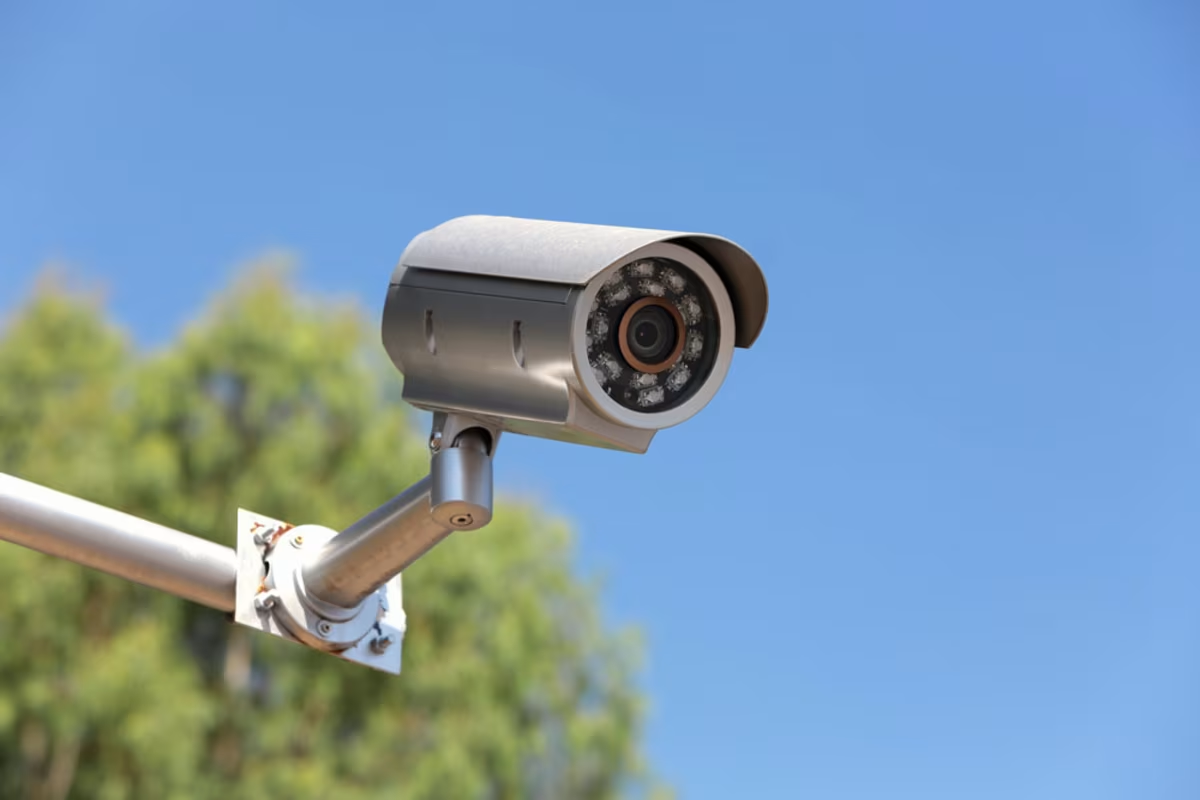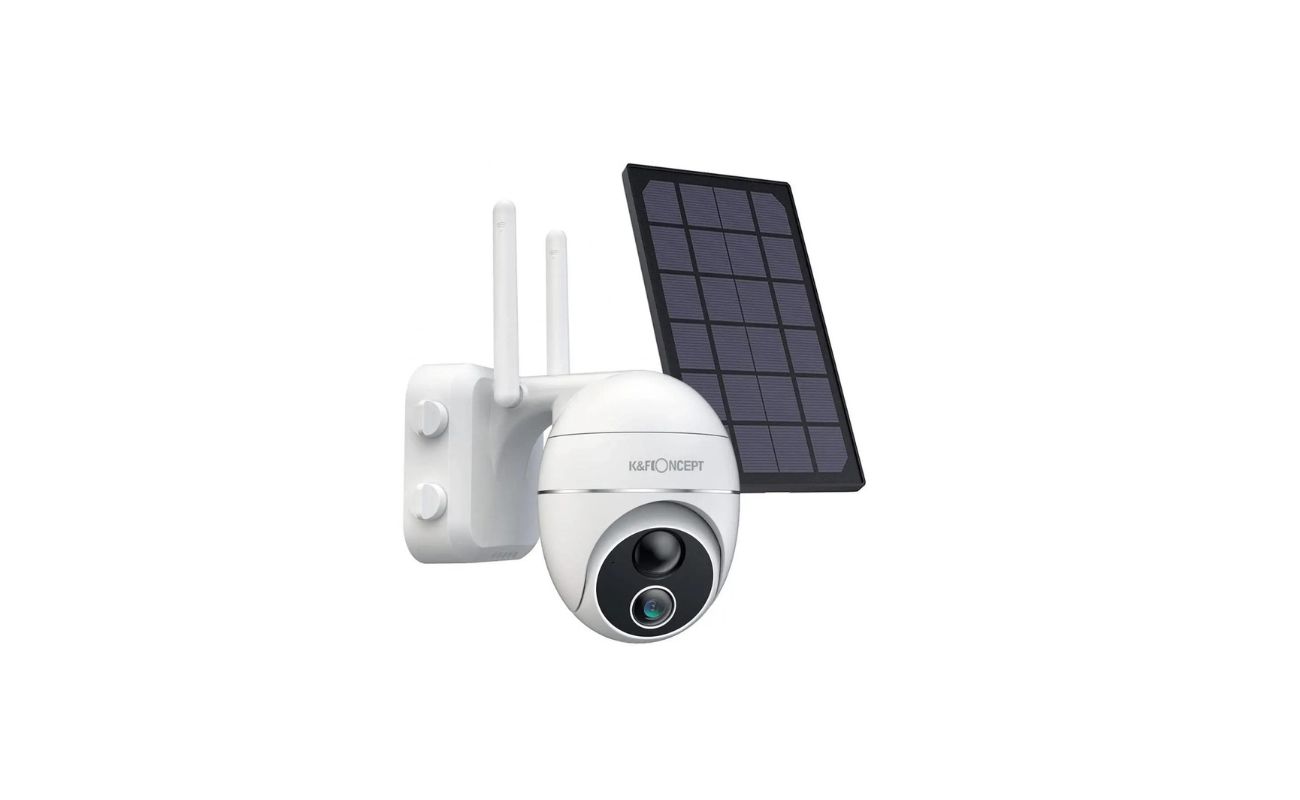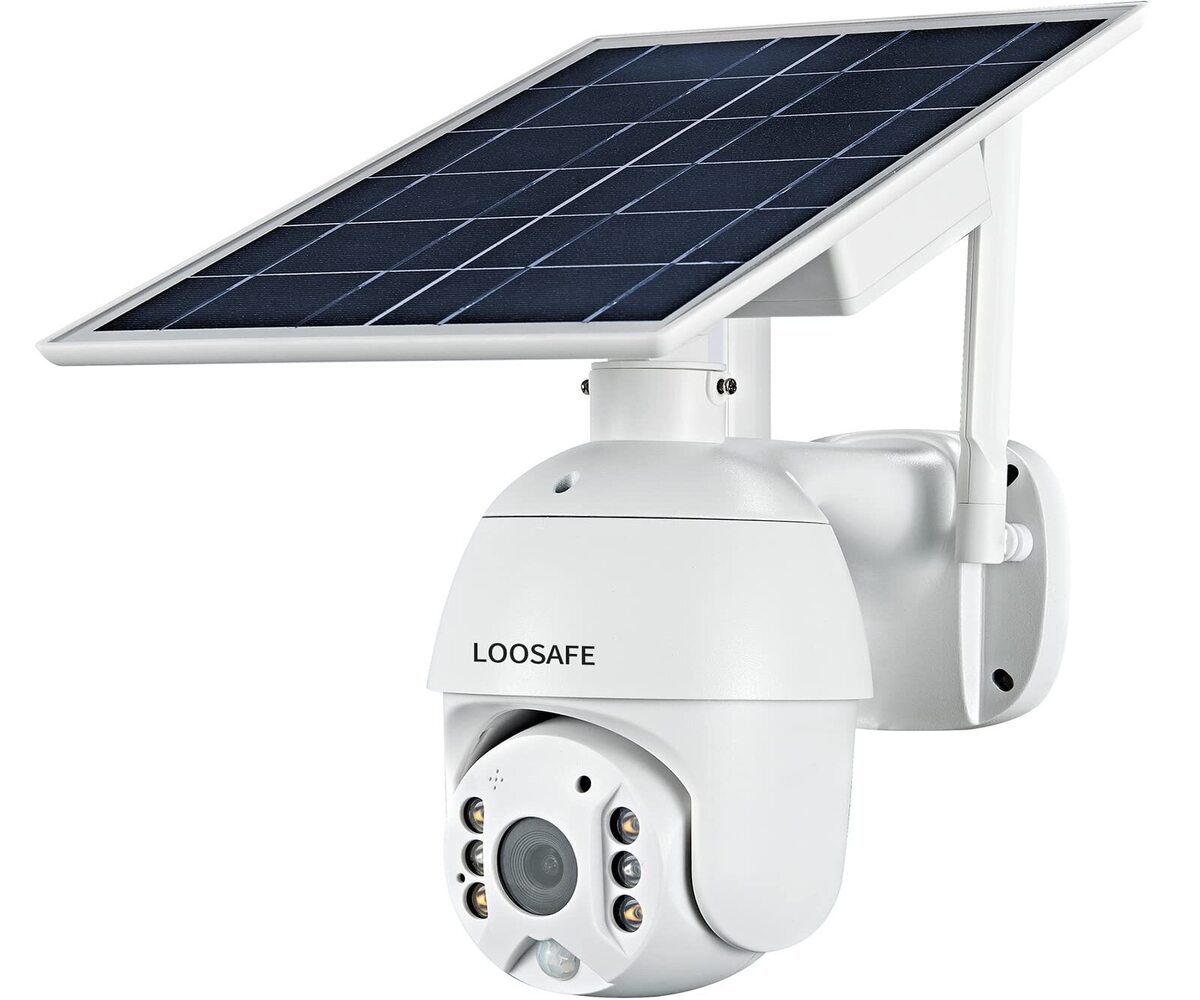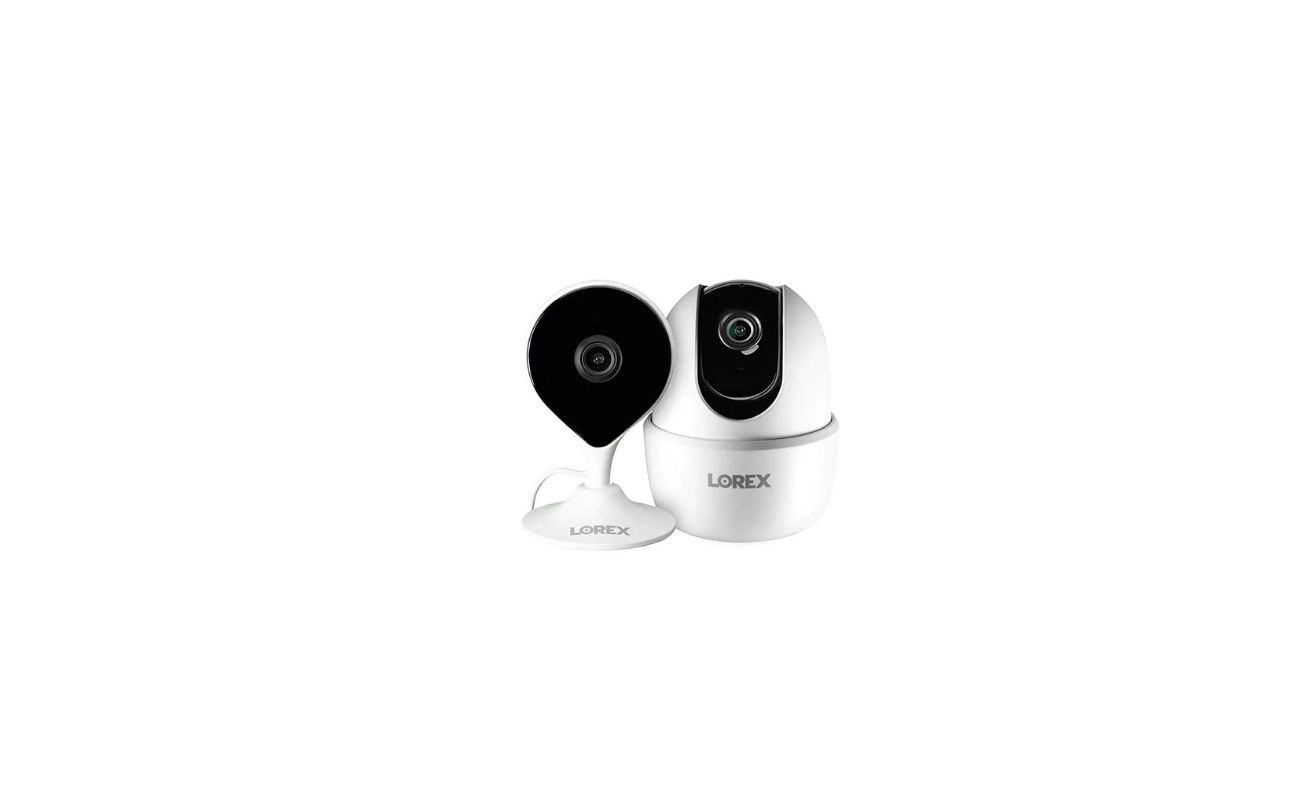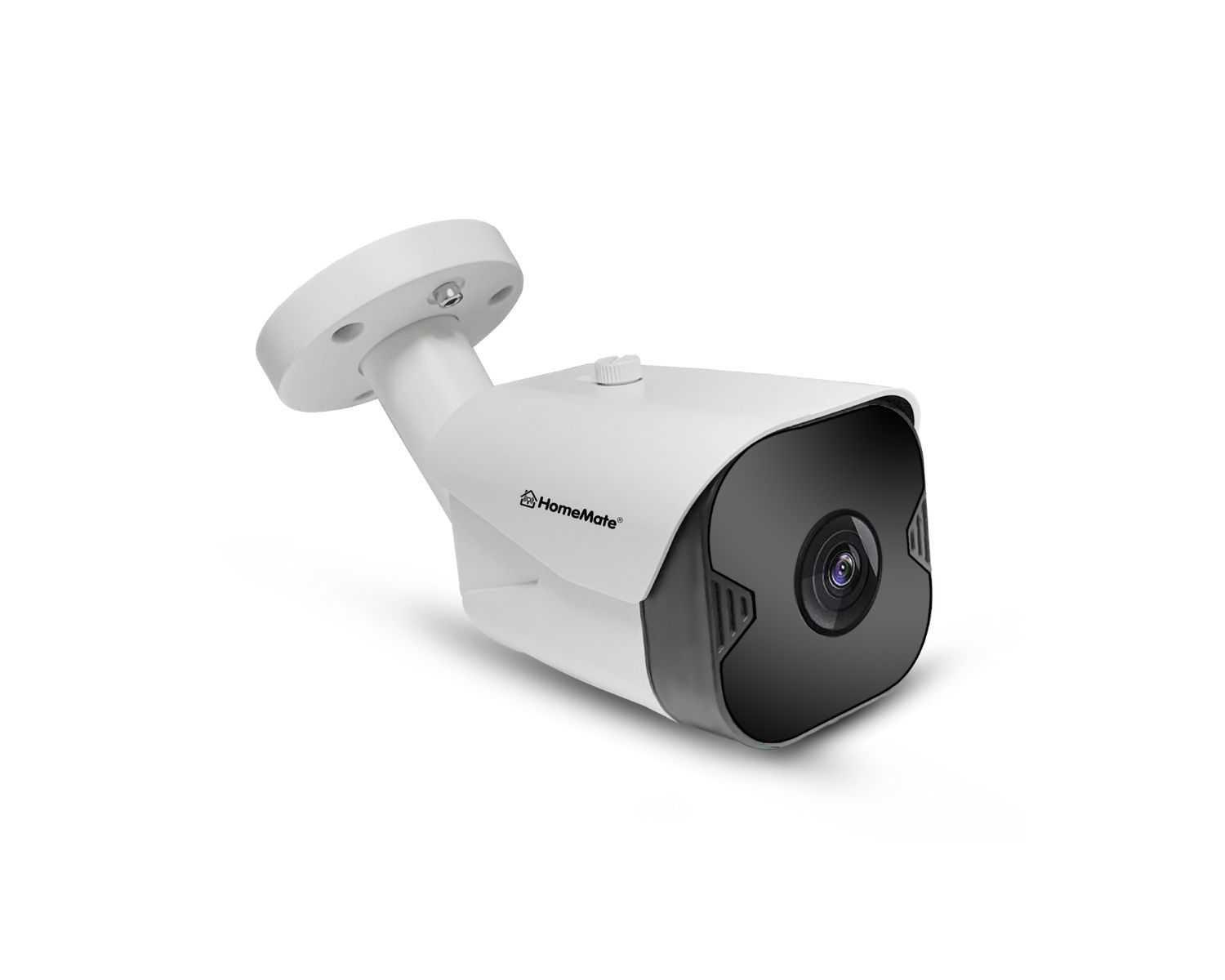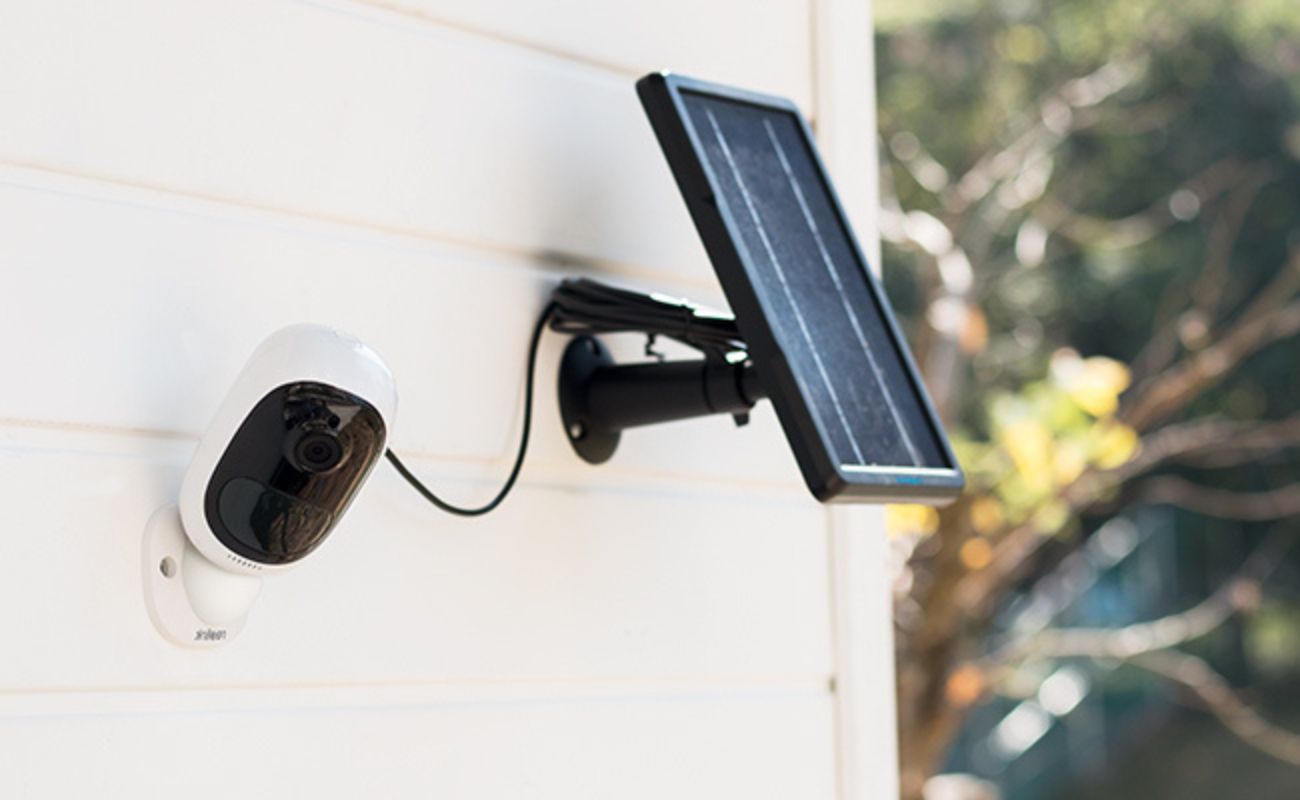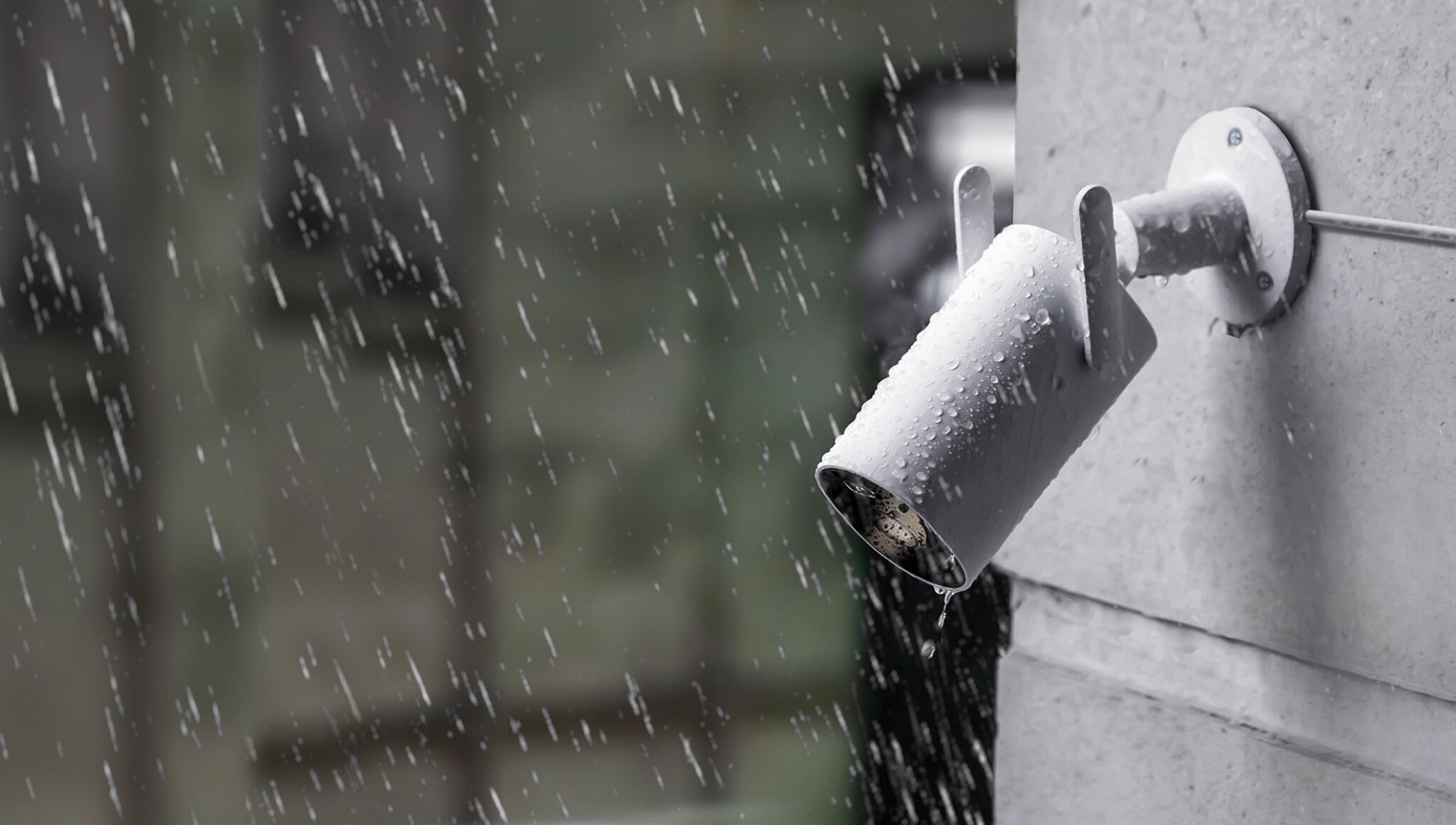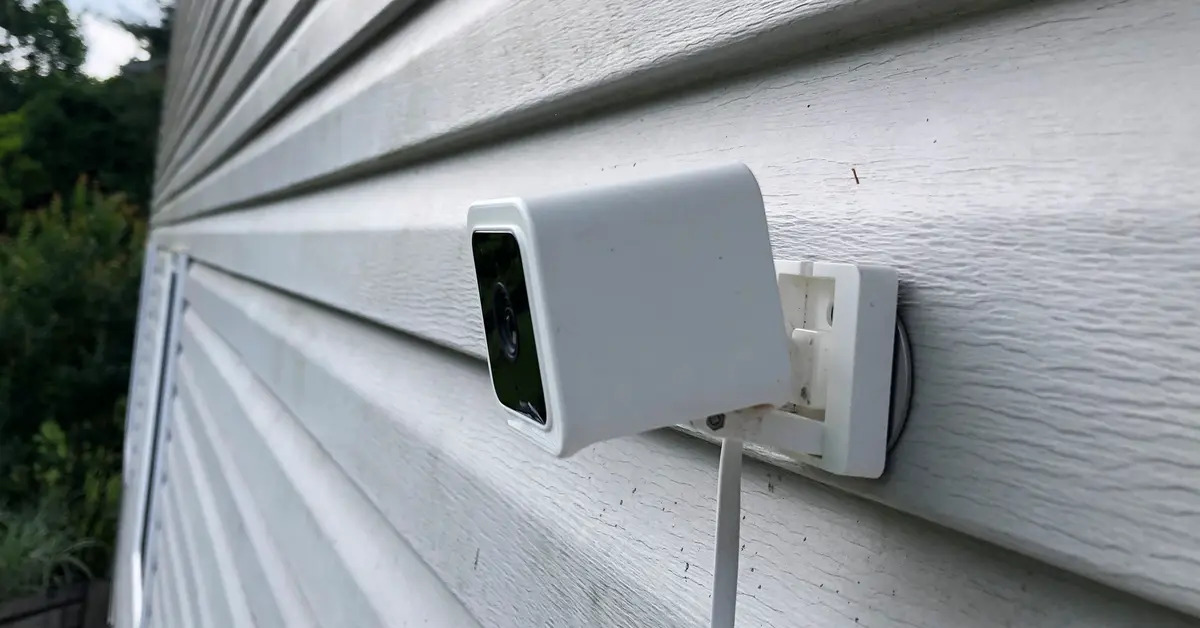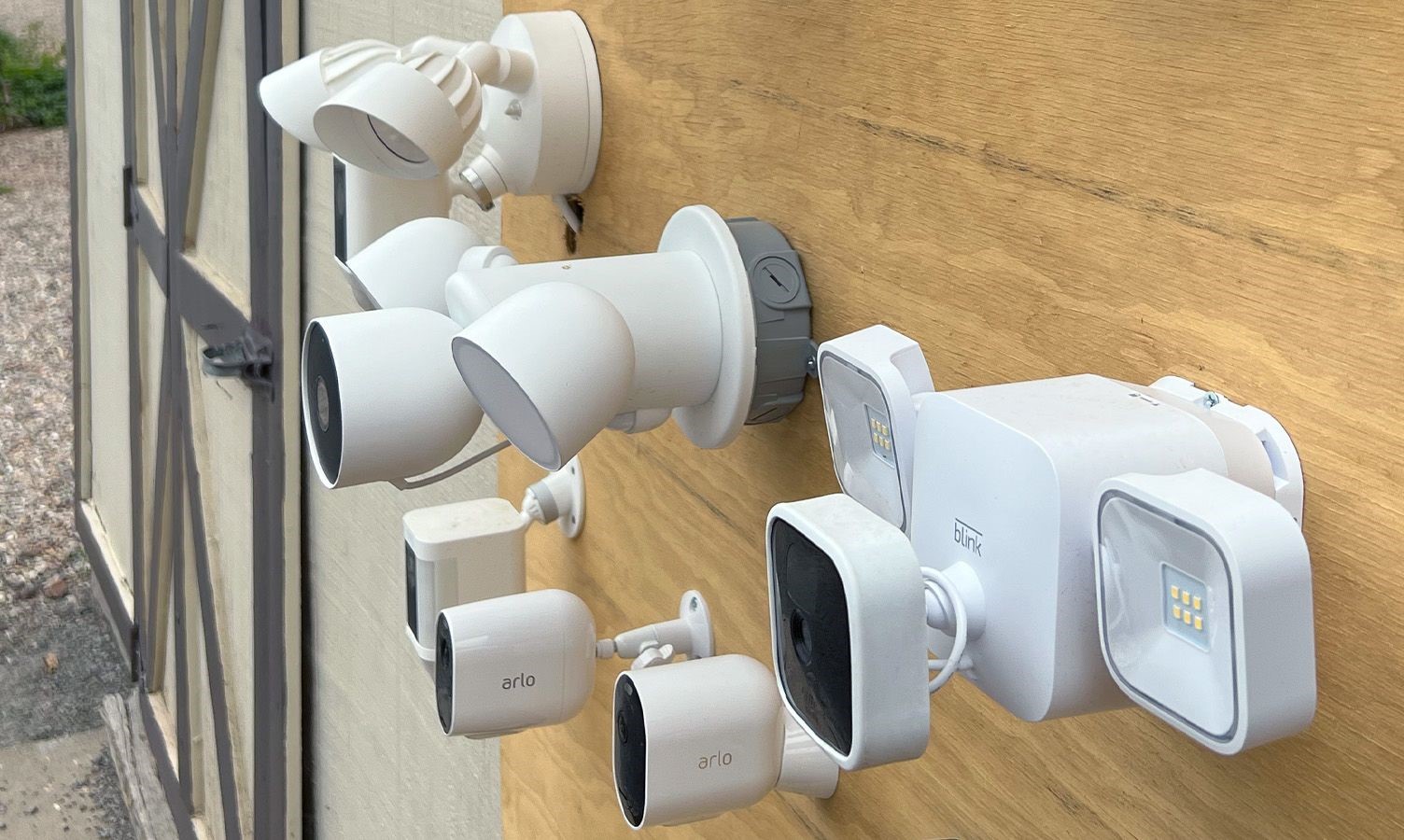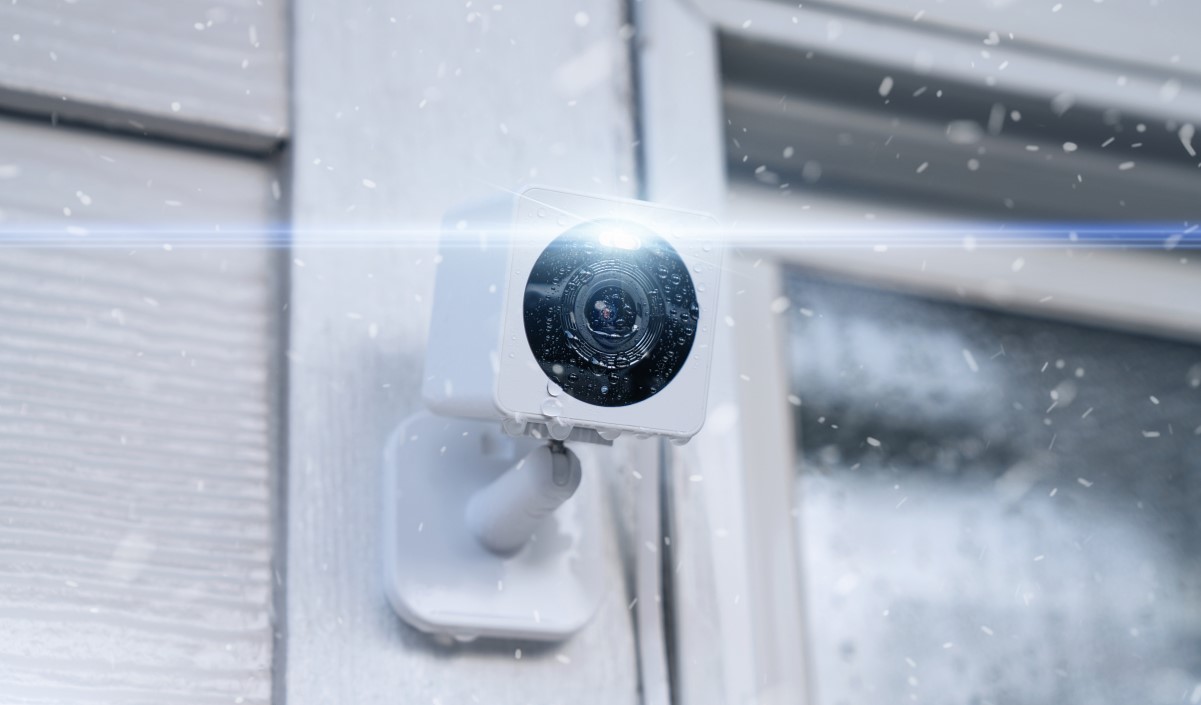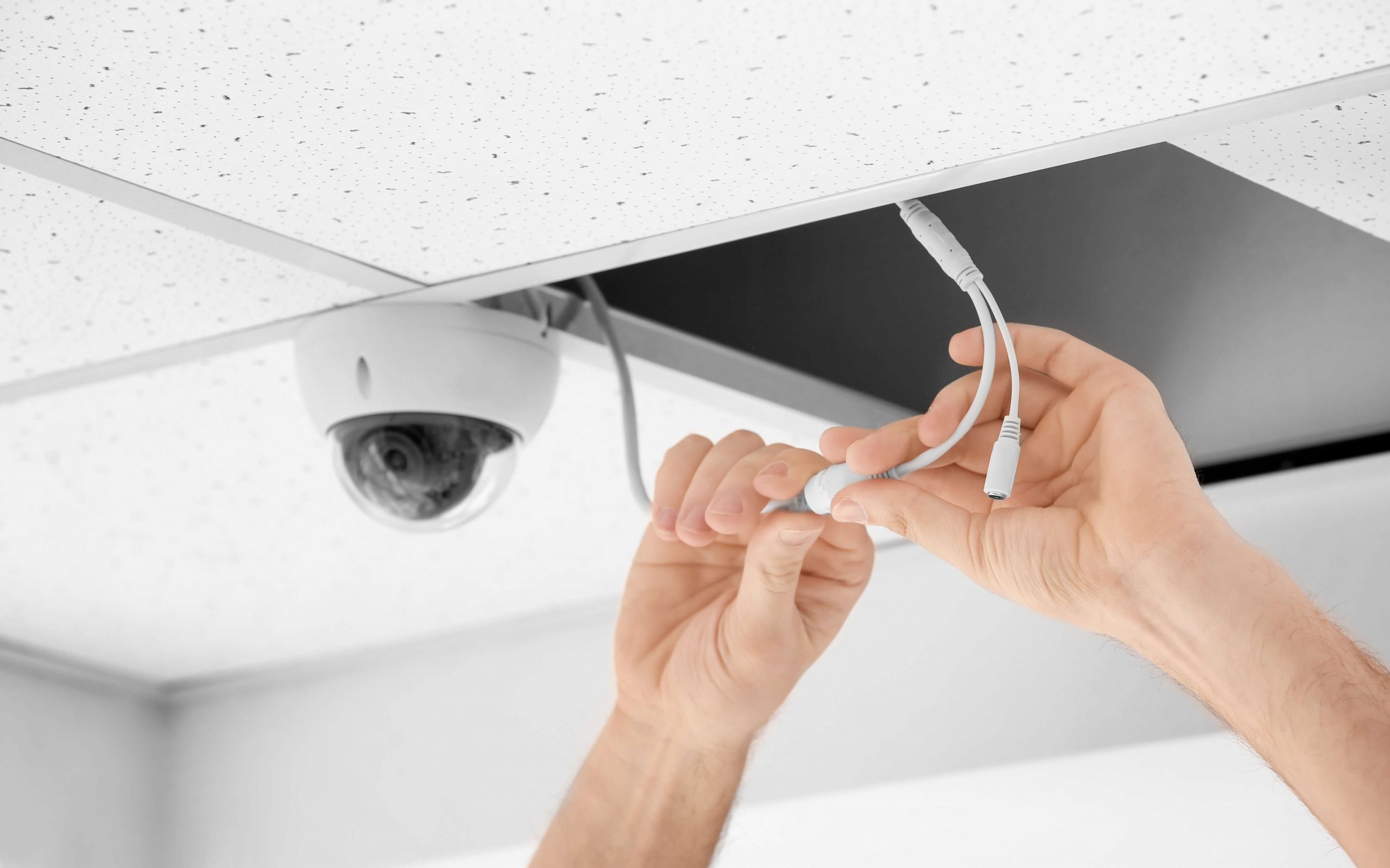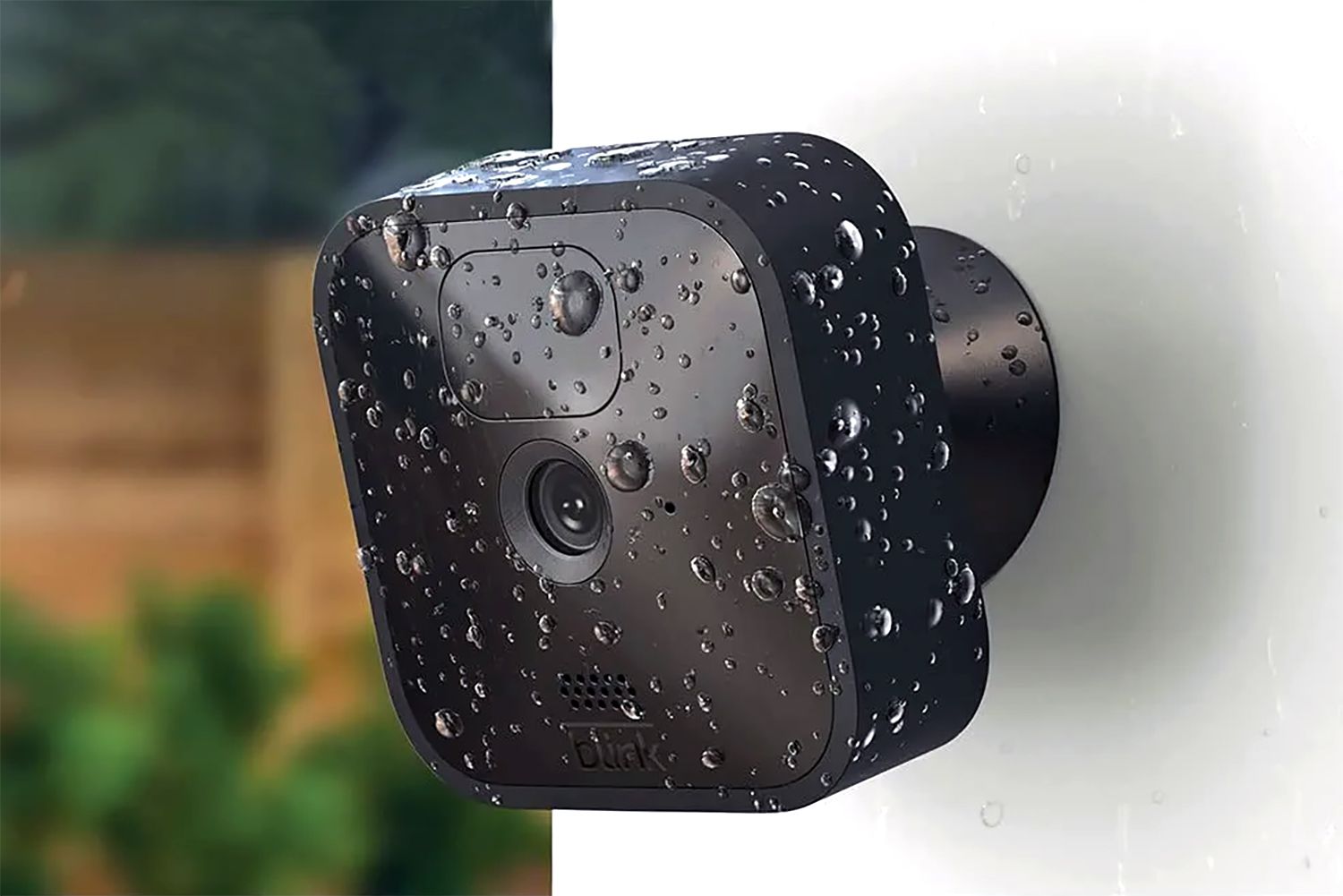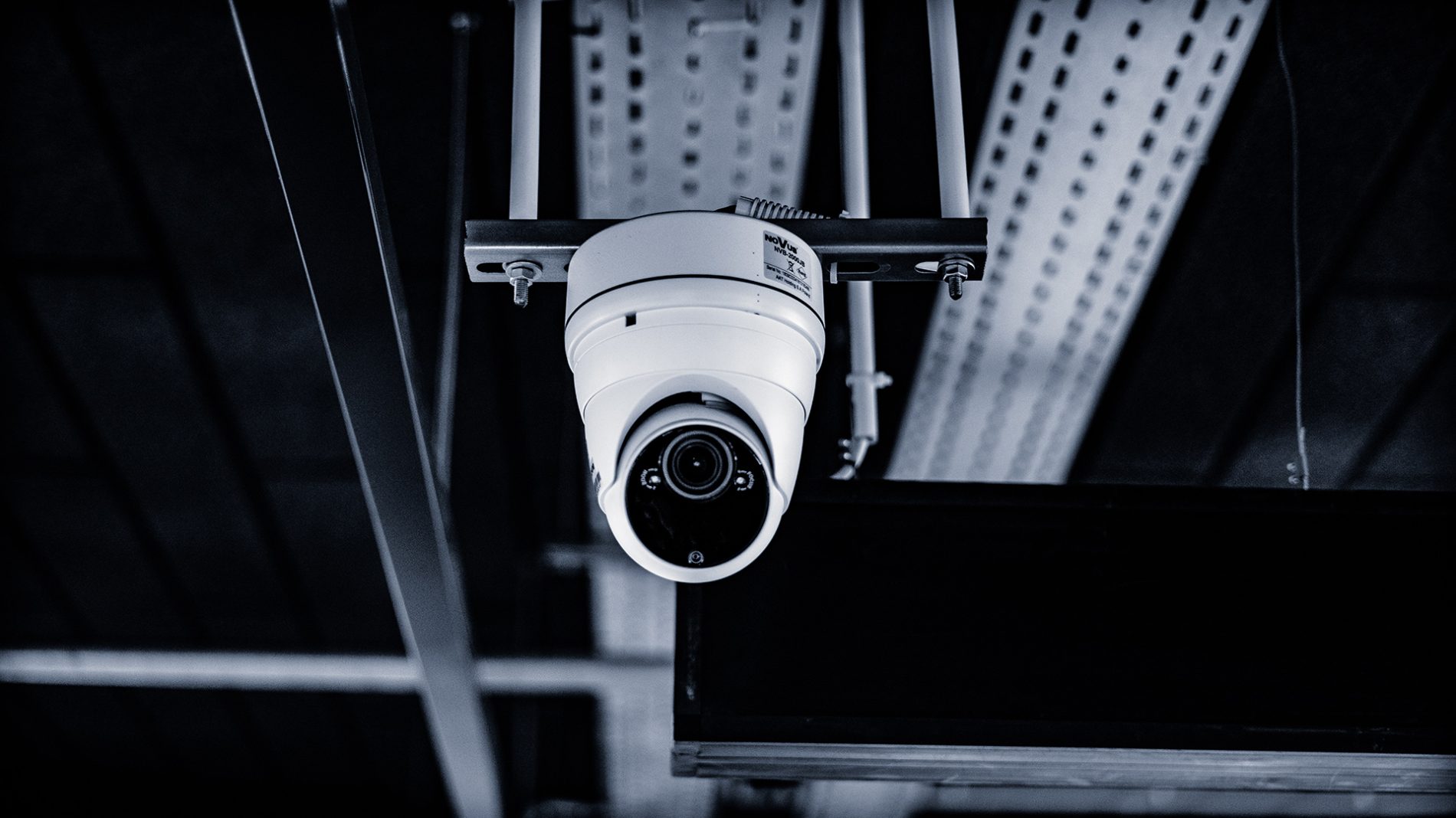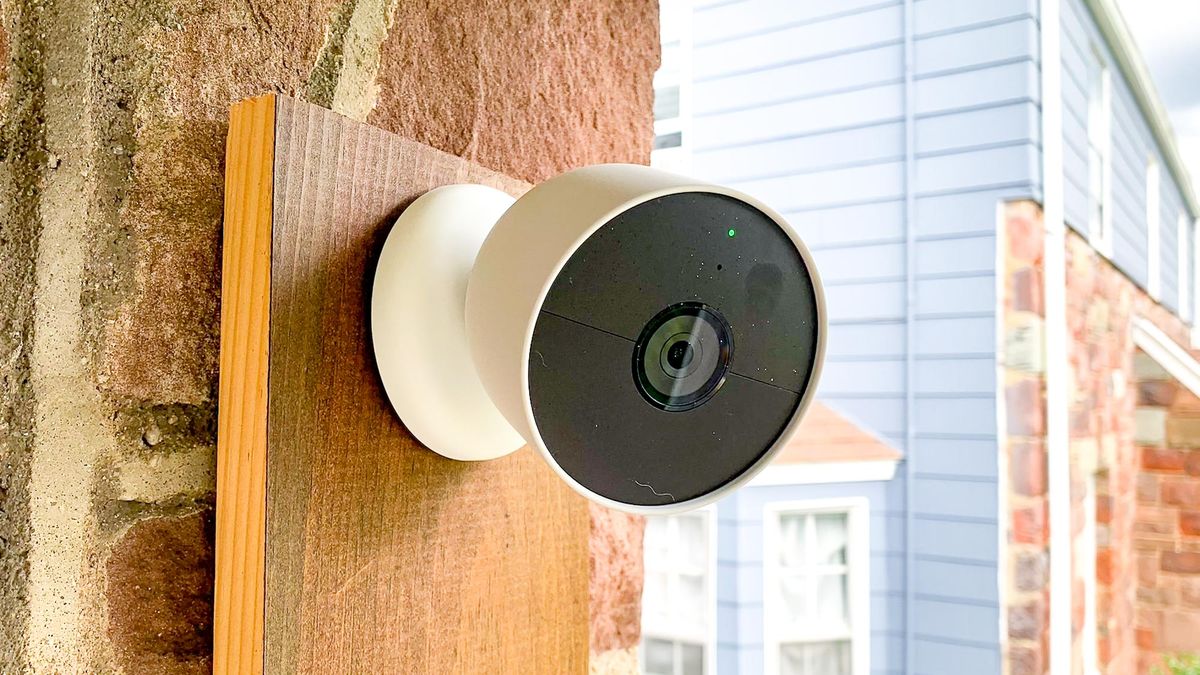Home>Home Security and Surveillance>Where Do Wireless Outdoor Camera Get There Power Source
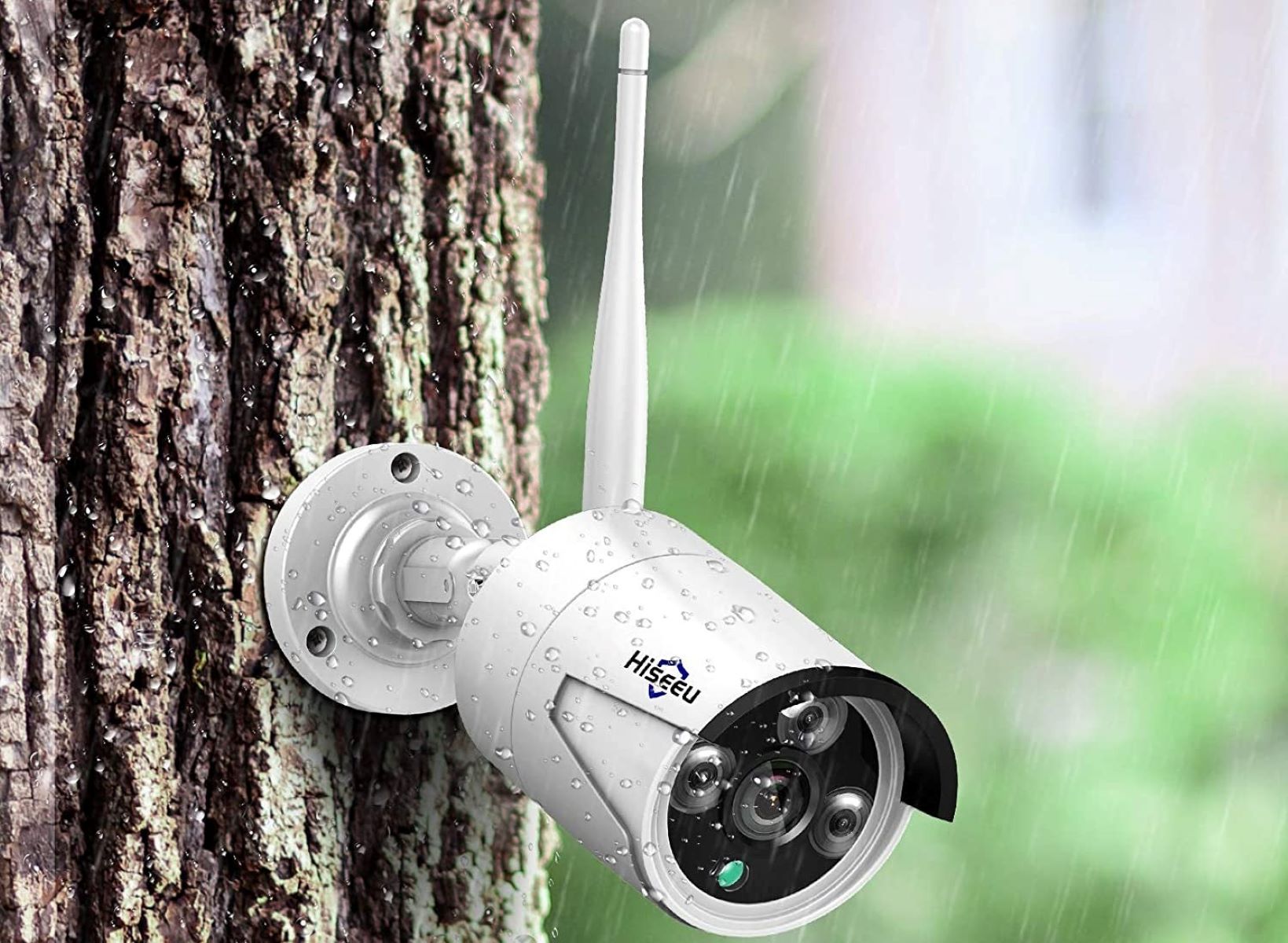

Home Security and Surveillance
Where Do Wireless Outdoor Camera Get There Power Source
Modified: March 6, 2024
Looking for a reliable power source for your wireless outdoor camera? Learn about the various options and find the best solution for your home security and surveillance needs.
(Many of the links in this article redirect to a specific reviewed product. Your purchase of these products through affiliate links helps to generate commission for Storables.com, at no extra cost. Learn more)
Introduction
Welcome to the world of wireless outdoor cameras, where advanced technology and convenience combine to provide you with peace of mind and enhanced security for your home. With the increasing popularity of smart home systems, the demand for wireless outdoor cameras has skyrocketed in recent years. These cameras offer a flexible and hassle-free solution for monitoring the exterior of your property, whether you’re at home or away.
When it comes to powering wireless outdoor cameras, there are several options available. Gone are the days of complicated installations and the need for extensive wiring. Today’s wireless outdoor cameras are designed to be easy to install and operate, allowing you to keep a watchful eye on your property without the need for professional assistance.
In this article, we will explore the various power options for wireless outdoor cameras, including battery-powered cameras, solar-powered cameras, hardwired cameras, and Power Over Ethernet (PoE) cameras. Each option has its own advantages and considerations, and understanding them will help you make an informed decision based on your specific needs.
Key Takeaways:
- Choose battery-powered cameras for flexibility and easy installation, but be prepared for regular battery maintenance to ensure uninterrupted surveillance.
- Consider solar-powered cameras for eco-friendly and cost-effective continuous surveillance, but assess the sunlight availability in your area for optimal effectiveness.
Battery-powered Wireless Outdoor Cameras
Battery-powered wireless outdoor cameras are a popular choice for those seeking a flexible and portable surveillance solution. These cameras are powered by rechargeable batteries, eliminating the need for any electrical wiring or outlets. The batteries typically last for several months, depending on the camera’s usage and settings.
One of the main advantages of battery-powered cameras is their ease of installation. You can place them anywhere within the wireless range, without the constraints of power cables. This flexibility allows you to monitor areas that might be challenging to reach with traditional wired cameras, such as detached garages, garden sheds, or remote corners of your property.
Moreover, battery-powered cameras offer a level of reliability even in the event of a power outage. They continue to function seamlessly, providing consistent surveillance coverage when you need it most. This can be particularly beneficial in areas prone to power disruptions or during natural disasters.
An important consideration with battery-powered cameras is monitoring and managing battery life. Most cameras come with companion mobile apps or software that allow you to check battery status and receive alerts when the battery is running low. Some cameras also offer power-saving modes or motion-activated recording to help conserve battery life.
When it’s time to recharge the batteries, you can simply remove them from the camera and connect them to a power source using the provided charging cable. It’s worth noting that having extra batteries on hand can ensure uninterrupted surveillance while recharging.
Overall, battery-powered wireless outdoor cameras provide a convenient and flexible surveillance option. They are easy to install, offer portability, and function reliably even during power outages. However, monitoring battery life and regularly recharging the batteries are important factors to consider for long-term usage.
Solar-powered Wireless Outdoor Cameras
Solar-powered wireless outdoor cameras are an eco-friendly and cost-effective solution for continuous surveillance without the need for regular battery changes or electrical connections. These cameras are equipped with built-in solar panels that harness the energy of the sun to power the camera and charge the internal battery.
The use of solar power allows these cameras to operate independently, making them an excellent choice for areas with abundant sunlight. They are especially beneficial in remote locations where access to electrical outlets is limited or non-existent.
One of the key advantages of solar-powered cameras is their ability to provide continuous surveillance without the worry of battery life. The solar panels generate and store energy during the day, ensuring that the camera remains powered throughout the night. This uninterrupted power source eliminates the need for frequent battery replacements or recharging.
Furthermore, solar-powered cameras usually come with a backup battery to store excess energy generated by the solar panels. This backup battery ensures uninterrupted operation during cloudy days or periods of low sunlight. It also acts as a secondary power source in case of extended power outages.
When it comes to installation, solar-powered cameras offer flexibility. As long as there is access to sunlight, you can mount the camera in various locations, including areas that are not easily accessible with traditional wired cameras.
It is important to note that the effectiveness of solar-powered cameras depends on the amount of sunlight available in your area. If you live in a region with minimal sunlight or frequent cloudy days, solar-powered cameras may not be the most reliable option for you.
To ensure optimal performance, these cameras often come with energy-efficient features, such as motion detection or customizable recording schedules, to maximize power consumption and extend battery life.
Solar-powered wireless outdoor cameras offer a sustainable and efficient solution for continuous surveillance. They harness the power of the sun to provide uninterrupted operation, offering peace of mind without the need for frequent battery changes or electrical connections. However, it’s important to consider the level of sunlight in your area to determine the feasibility and effectiveness of solar-powered cameras for your specific needs.
Hardwired Wireless Outdoor Cameras
Hardwired wireless outdoor cameras combine the convenience of wireless surveillance with the reliability and stability of a wired connection. These cameras require a power source and a data connection, usually through an Ethernet cable or a power cable. Unlike battery-powered or solar-powered cameras, hardwired cameras do not rely on internal batteries for power.
One of the key advantages of hardwired cameras is their consistent power supply. Since they are connected directly to a power source, you don’t have to worry about battery life or recharging. This makes hardwired cameras ideal for high-traffic areas or locations that require continuous surveillance, such as entrances, driveways, or parking lots.
Additionally, hardwired cameras offer a more stable and reliable connection compared to their wireless counterparts. With a direct physical connection, the camera is less susceptible to interference from other devices or potential signal disruptions. This ensures a consistent and uninterrupted live feed and reduces the chances of missing crucial events or occurrences.
When it comes to installation, hardwired cameras require a professional electrician or experienced DIY skills to connect them to a power source and data network. This can involve drilling holes for cables and running them through walls or conduits. While the initial installation process may be more complex than battery-powered or solar-powered cameras, it results in a permanent and secure surveillance solution.
The wired nature of these cameras also enables advanced features such as two-way audio communication, PTZ (pan-tilt-zoom) functionality, and continuous recording options. These features enhance the overall monitoring experience and allow for more comprehensive surveillance coverage.
It’s important to consider the location of power outlets and network connectivity when opting for hardwired cameras. If your desired surveillance areas are far from electrical outlets or data connections, you may need additional wiring or the assistance of a professional to ensure proper installation.
Hardwired wireless outdoor cameras provide a reliable and stable surveillance solution. With consistent power and data connectivity, these cameras offer continuous monitoring and advanced features. Although the installation process may require more effort, the permanent and secure nature of hardwired cameras makes them suitable for high-traffic areas or locations where uninterrupted surveillance is crucial.
Consider using a wireless outdoor camera with a rechargeable battery or solar panel for power. This eliminates the need for constant wiring and allows for flexible placement.
Power Over Ethernet (PoE) Wireless Outdoor Cameras
Power Over Ethernet (PoE) wireless outdoor cameras are a convenient and efficient solution for powering and transmitting data to the cameras through a single Ethernet cable. These cameras use the Ethernet cable not only for data transfer but also to deliver power, eliminating the need for separate power cables or outlets.
One of the main advantages of PoE cameras is the simplicity of installation. With a single Ethernet cable, you can connect the camera to a PoE network switch or injector, which provides power and network connectivity. This eliminates the need for additional power outlets near the camera location, making PoE cameras ideal for areas where electrical wiring may be challenging or non-existent.
Another benefit of PoE cameras is the flexibility and scalability they offer. Since the cameras are connected to the network switch, you can easily expand your surveillance system by adding more cameras without the hassle of running additional power cables. This makes PoE cameras a cost-effective option, especially in larger properties or commercial settings.
Additionally, PoE cameras provide a stable and reliable power source. The Ethernet cable delivers power directly to the camera, ensuring consistent operation and eliminating the risk of power interruptions or battery failure. This makes PoE cameras suitable for continuous monitoring needs, such as 24/7 surveillance or long-duration recording.
Furthermore, PoE cameras offer advanced features, including remote access and configuration options. With a network connection, you can access and control the cameras remotely through a web browser or mobile app. This allows you to view live feeds, adjust camera settings, and receive alerts from anywhere, providing added convenience and accessibility.
It’s worth noting that PoE cameras require a PoE compatible network switch or injector to provide power. If your existing network infrastructure does not support PoE, you may need to invest in additional equipment. However, the versatility and benefits of PoE cameras outweigh this consideration for many users.
Power Over Ethernet (PoE) wireless outdoor cameras offer a streamlined and efficient solution for powering and connecting cameras. The integration of power and data into a single Ethernet cable simplifies installation, provides stability, and allows for scalability. With advanced features and remote accessibility, PoE cameras are a popular choice for both residential and commercial surveillance needs.
Read more: How Do Wireless Outdoor Cameras Work
Comparison of Power Options for Wireless Outdoor Cameras
When choosing the power source for your wireless outdoor cameras, it’s essential to consider your specific requirements, installation limitations, and long-term maintenance. Here’s a comparison of the different power options available:
- Battery-powered: Battery-powered cameras offer flexibility and portability. They are easy to install and do not require any electrical wiring. However, they require regular battery changes or recharging, and you need to monitor battery life to ensure uninterrupted surveillance.
- Solar-powered: Solar-powered cameras are eco-friendly and cost-effective in the long run. They work independently, utilizing solar energy to power the camera and charge the battery. However, their effectiveness depends on the amount of sunlight available, making them less suitable for areas with limited sunlight or frequent cloudy days.
- Hardwired: Hardwired cameras provide reliable power and data connections. They offer uninterrupted surveillance and advanced features but require professional installation and access to power outlets. They are suitable for continuous monitoring needs in high-traffic areas or locations where a stable connection is crucial.
- Power Over Ethernet (PoE): PoE cameras combine power and data transmission through a single Ethernet cable. They offer easy installation, scalability, and remote access. PoE cameras require a PoE compatible network switch or injector and are ideal for locations with existing Ethernet infrastructure.
Each power option has its own benefits and considerations. Battery-powered cameras are convenient and portable but require regular maintenance. Solar-powered cameras are sustainable and cost-effective but depend on sunlight availability. Hardwired cameras offer stability and advanced features, but installation may be complex. PoE cameras provide streamlined installation, scalability, and remote access, but require PoE compatible infrastructure.
Consider the specific needs of your property, the availability of power sources, and the level of convenience you require when making your decision. Additionally, assess the local climate and sunlight conditions to determine the feasibility of solar-powered cameras.
It’s also important to consider factors such as budget, long-term maintenance costs, and the desired level of surveillance coverage. By carefully evaluating these factors, you can select the power option that best suits your requirements and provides peace of mind for your home security.
Conclusion
Choosing the right power source for your wireless outdoor cameras is a crucial decision that impacts the convenience, reliability, and effectiveness of your surveillance system. Whether you opt for battery-powered cameras, solar-powered cameras, hardwired cameras, or Power Over Ethernet (PoE) cameras, each option has its own advantages and considerations.
If you prioritize flexibility and portability, battery-powered cameras are a convenient choice. They are easy to install and can be placed anywhere within the wireless range. However, you need to monitor battery life and account for regular maintenance to ensure uninterrupted surveillance.
Solar-powered cameras offer an eco-friendly and cost-effective solution. They harness the power of the sun to provide continuous surveillance without the need for frequent battery changes or electrical connections. However, their effectiveness depends on the amount of sunlight available in your area.
Hardwired cameras provide a reliable and stable power source, making them ideal for high-traffic areas or locations that require continuous monitoring. While their installation may be more complex, the permanent and secure nature of hardwired cameras ensures consistent surveillance coverage.
Power Over Ethernet (PoE) cameras offer a streamlined and efficient solution. With a single Ethernet cable, you can power and connect the cameras, allowing for easy installation, scalability, and advanced remote access. However, PoE cameras require a PoE compatible network infrastructure.
Consider your specific needs, installation limitations, and long-term maintenance when selecting the power source for your wireless outdoor cameras. Assess factors such as budget, power availability, desired surveillance coverage, and the local climate. By carefully evaluating these factors, you can choose the power option that aligns with your requirements and provides enhanced security and peace of mind for your home.
Remember, the power source you select plays a crucial role in the overall functionality and reliability of your wireless outdoor cameras. So, take your time, do your research, and make an informed decision. With the right power source, you can enjoy seamless and effective surveillance for your property.
Frequently Asked Questions about Where Do Wireless Outdoor Camera Get There Power Source
Was this page helpful?
At Storables.com, we guarantee accurate and reliable information. Our content, validated by Expert Board Contributors, is crafted following stringent Editorial Policies. We're committed to providing you with well-researched, expert-backed insights for all your informational needs.
